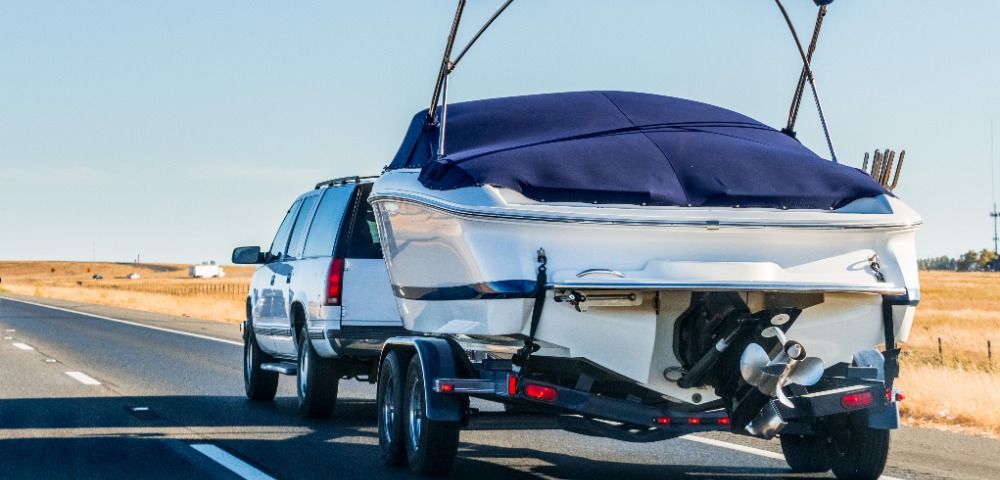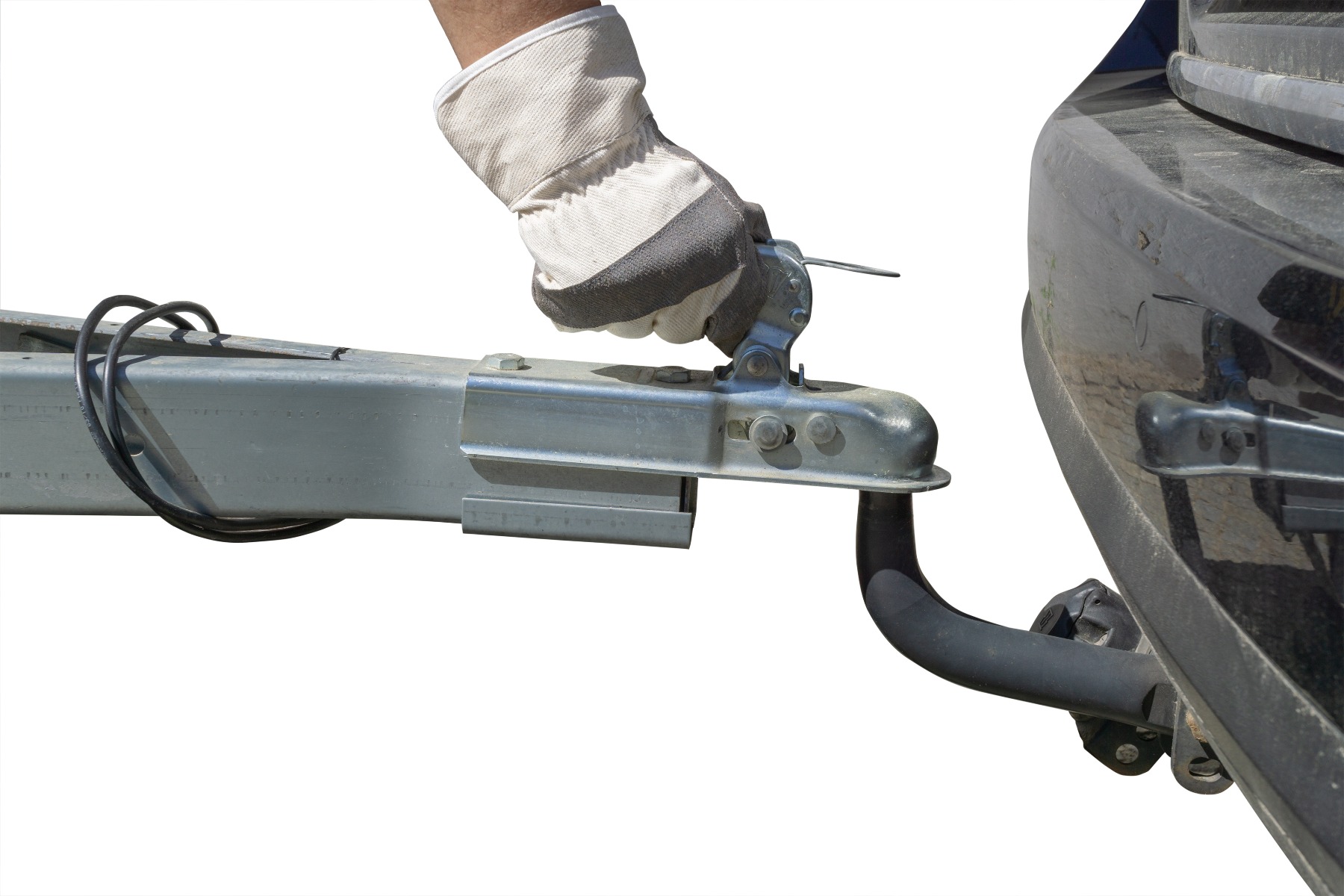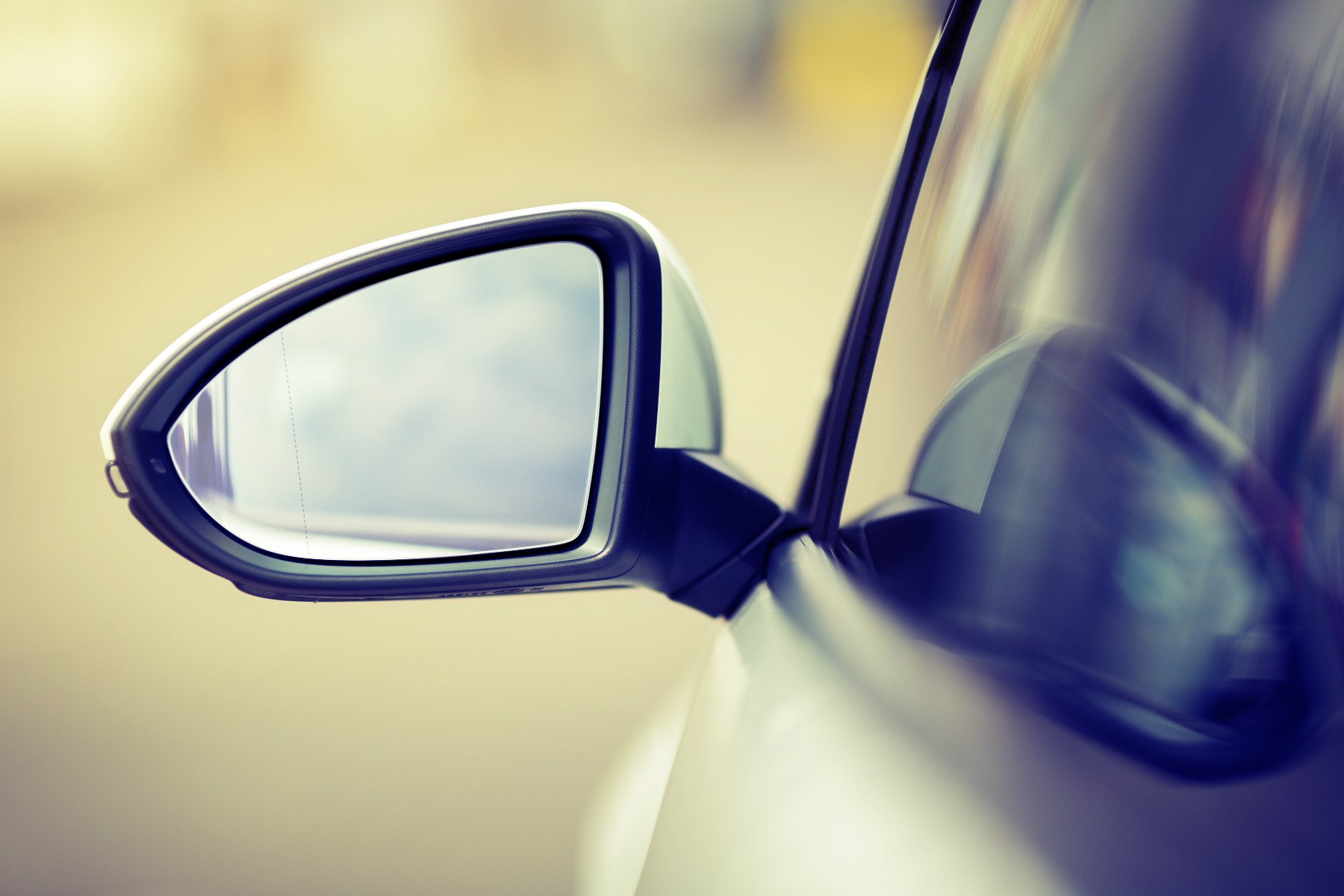You may check out all the available products and buy some in the shop.

The ability to tow opens up a whole new world when it comes to motoring, we have put together this safe towing guide to help you stay safe out there on the roads with your trailer in tow! There are a few important things you should always consider when it comes to towing anything behind your vehicle, this goes for trailers, caravans, and everything in between! We go through some of the basic, and not so basic TrailerTek towing tips to make towing as easy as pie!
Spread That Weight
The weight of the load you’re towing is an extremely important factor to consider, after all we are only towing it because we aren’t quite strong or fast enough to carry it down the motorway by hand…right? Well, sort of…but have you ever thought about the distribution of that weight? We have all been in the position where what you’re towing might be slightly light on the nose, or maybe just a little too heavy to lift onto that towball. This all comes down to how weight is spread throughout the load you’re towing. One of the first things we try when the nose of the trailer is too heavy to lift, is to get someone to sit on the back isn’t it? This, depending on how many pies they have been eating, is usually enough to shift the centre of gravity toward the back of the trailer enough to get it hitched up. Now this is all well and good…until they get off the trailer again, everything might look fine, but have you thought about how this may affect the towing capabilities of the towing vehicle?
A high noseweight can cause the front wheels of the towing vehicle to become ‘light’, in this situation there will be reduced traction and steering from the towing vehicle (this may not be evident under normal operation, however it can lead to loss of control when more drastic manoeuvres are made, such as sharp cornering and heavy braking). The opposing scenario is that the noseweight of the trailer is low (or even negative if the trailer doesn’t sit on the jockey wheel!), this means the towing vehicle will be ‘light’ on the rear end. This can cause the towing vehicle to also have a reduction in towing capability, especially at higher speeds.
To ensure you load your trailer or caravan evenly it’s a great idea to use a noseweight measuring device. You can use these to check how much weight will be transferred to your towing vehicle. Noseweight gauges are quick and simple way to gain an understanding of what you’re towing and how it may affect the driving of the towing vehicle.

The 85% Rule
As mentioned earlier, its important to watch the weight of what you’re towing, as a general rule we suggest the weight of what you’re towing shouldn’t exceed 85% of the kerb weight of the towing vehicle. This is not the law but is a good rule of thumb to use when choosing the right vehicle to tow with. As the towing weight is increased the amount of control the towing vehicle has is reduced. This means at high speeds, or when there are external factors, such as crosswinds, effecting the tow, it can become difficult to make corrections to direction and speed, even leading to total loss of control.
Peekaboo!
The things we tow often increase the length and width of the total vehicle substantially, this can sometimes result in car mirrors becoming dangerously ineffective. As the length and width of the vehicle increases, your vision towards the rear of the vehicle can be dramatically reduced, or even completely obstructed. To combat this, towing mirrors can be fitted to the outside of your car mirrors, this gives you far better vision behind you.

Speedy Gonzales
…Well, not quite, when towing anything behind a vehicle you will often find yourself restricted to 10mph below the normal speed limit on major roads! This means you’ll be maxing out at 60mph on dual carriageways and motorways, but only clocking 50mph in other national speed limit zones. Now of course this isn’t just to stop you getting to your destination on time, it means your vehicle will be kept more stable and safer! Another note to take is that you will also be unable to use the outside lane of any motorways with 3 or more lanes, this is purely for congestion purposes as slow moving traffic may block faster moving lanes.











